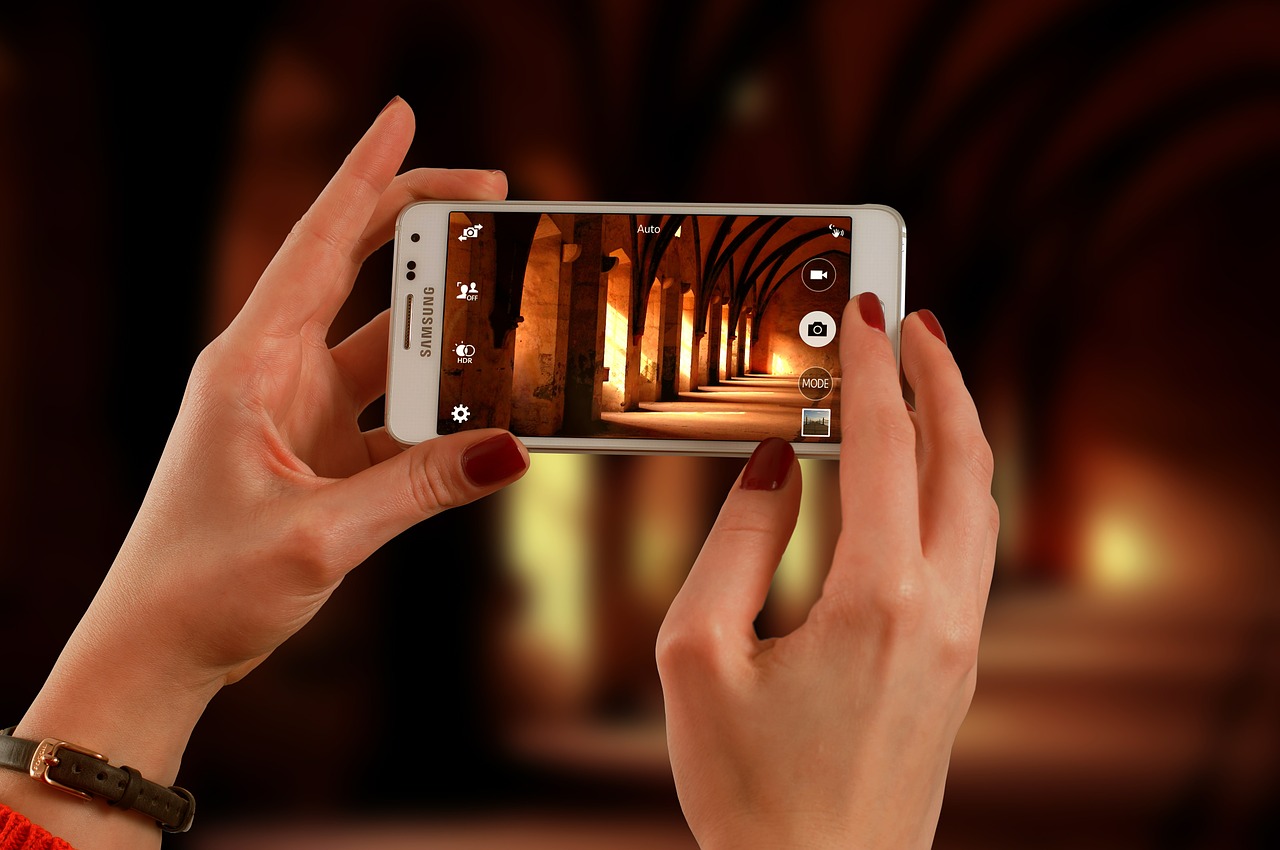Get High Quality Photos Using Your Cell Phone

Photo by CC user FirmBee on Pixabay
Even professional photographers like Keith Springer who have the access to professional equipment don’t underestimate the power to take great photos with smartphones. Some of the newer phones have fairly sophisticated cameras and features to help you get the best pics and combined with some basic techniques you can get some really great results. Here are some tips to get the best pictures possible from your phone!
Apps Can Help
There are lots of apps out there that will let you apply really interesting and fun filters to your photos. The downside is that some of the best filters are also very popular and the last thing you want is for your photos to get lost in the crowd. Consider using apps that give you some control over how your camera takes the pictures in the first place by allowing you to adjust focus and exposure. If you still feel like you want to make some changes to the image, use a photo editing app that will allow you to make your own changes rather than just applying standard filters.
Get to Know What Your Phone Can Do
The newer phones especially have a lot of built-in features that can help you take great pictures. Most will allow you to see gridlines which follow the “rule of thirds” – the idea that your photo should be broken down into thirds both side to side and up and down. The best shots are those that have the focus of attention at the intersection of these lines. Also, make sure that you know what the different settings on your phone’s camera software are for – if you don´t know what “HDR” means, or how it affects what you can do, now is the time to figure it out.
Don’t Use the Flash
Great lighting is a key element of a great picture – lighting is what gives them texture, shadow, depth and interest. At the best of times, photos taken with a flash can look flat and artificial, and the flash on your phone is more likely to produce those kinds of results. Think about every time you see a photo in which people have red-eyes and a startled “deer in the headlights” look on their faces and the chances are it was taken with a flash. Instead, train yourself to look for and recognize interesting lighting conditions, and work with your camera’s abilities (some, for example, have settings for dim lighting) and software to take the right picture for the conditions.
Take Lots of Pictures
The days of being limited by the number of exposures left on your roll of film, or the high costs and time delays involved with printing your pictures are long gone. There is nothing to stop you from taking as many pictures as you like, and this allows you to experiment with different settings, different techniques, different angles. Figure out what works for you as you develop you own way of seeing and capturing the world around you!
Happy snapping!




